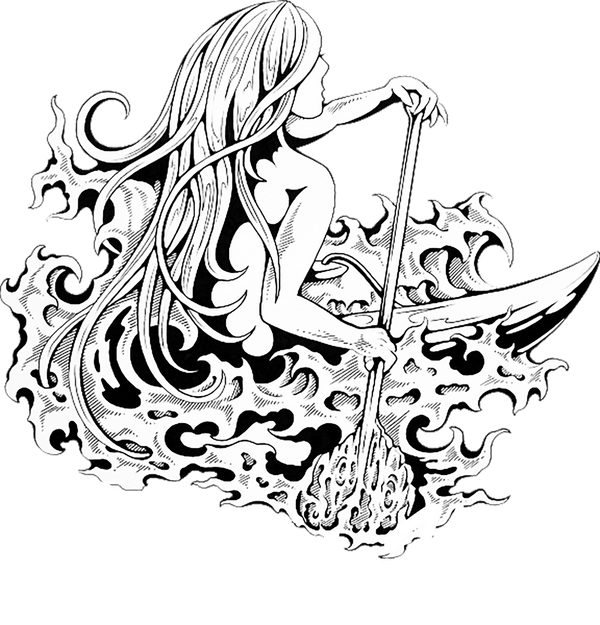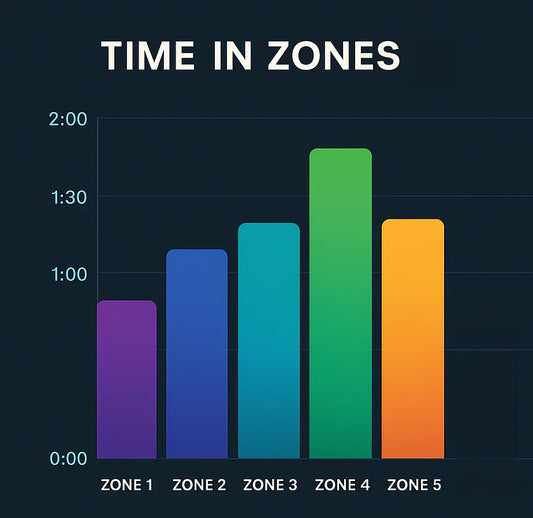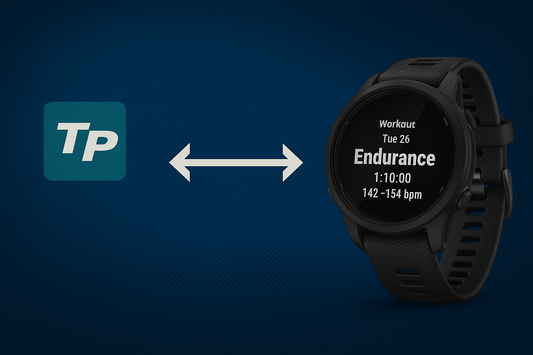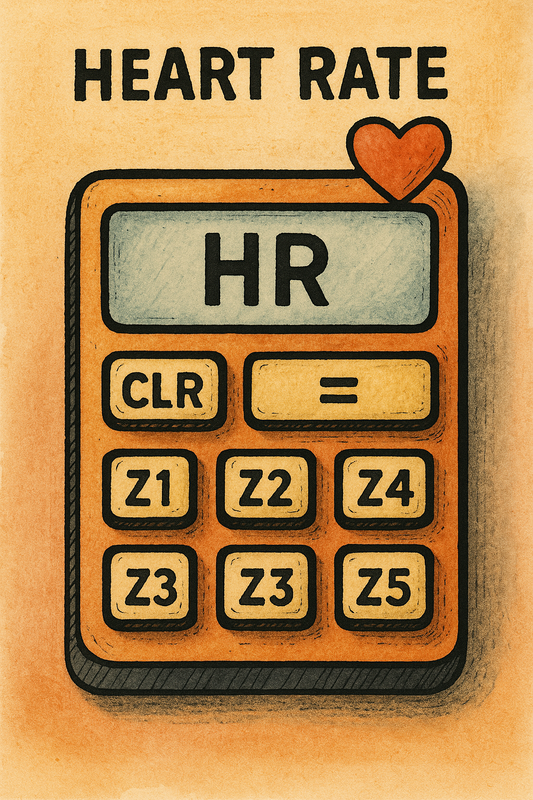Successful outrigger canoe racing isn’t built in a single workout, or even in a single month. It’s the product of carefully structured training over many months, with each block designed to target a specific aspect of performance. This method — called periodization — ensures you arrive at race day not only fit, but efficient, powerful, and confident in your ability to sustain speed.
Think of it like building a canoe: you don’t jump straight to painting and rigging. You start with a hull, layer in structure, and gradually refine until everything is sleek, fast, and ready for the water. Training works the same way.
Here’s how we break the season into six periods, each with clear goals, progressions, and common pitfalls to avoid.

Period 1: Technique
Primary Goal: Technique
Secondary Goal: Aerobic Endurance
Every great season begins with efficiency. The goal here is distance per stroke (DPS) — how far your canoe travels with each pull. The better your technique, the fewer strokes it takes to cover ground, which translates directly into energy saved over a race.
How to Train in This Period:
- Go slow to learn. Break down mechanics: catch, pull, exit, recovery. Use video or coaching feedback to identify habits.
- Go fast to practice. Short bursts (10–15 strokes) at speed reinforce good movement patterns under power. Stop before fatigue sets in.
- Drills matter. Focus on timing, entry precision, and consistent blade depth.
Pitfalls to Avoid:
- Logging too many junk miles. Technique suffers if you just paddle for distance without focus.
- Ignoring feedback. Small inefficiencies now compound later when intensity rises.
Physiological Adaptations:
- Improves neuromuscular coordination: brain and muscles communicate more efficiently.
- Builds movement economy: less oxygen cost per stroke.
- Reduces early-season injury risk by promoting efficient mechanics.
Example Weekly Schedule:
- Mon – Technique drills + short bursts (60–75 min)
- Wed – Steady aerobic paddle (60–90 min, Zone 2)
- Fri – Technique-focused intervals (8 × 1 min @ 80% effort, perfect form)
- Sat – Long paddle (90–120 min, easy focus on DPS)
This is where we “sharpen the blade” before cutting into the harder work.
Period 2: Base
Primary Goal: Force + Technique
Secondary Goal: Aerobic Endurance
Now we add muscle to the movement. With clean strokes established, it’s time to layer in force production while keeping technique pristine.
How to Train in This Period:
- Resistance paddling. Weighted canoes, drag devices, or paddling with oversized blades help develop pulling strength.
- Controlled strength sessions. Land-based accessory lifts (pull-ups, rows, single-leg stability work) complement water training.
- Long steady sessions. Build aerobic capacity while holding strong, efficient strokes.
Formula for Success:
Base = Technique + Force + Endurance
Pitfalls to Avoid:
- Muscling through with poor form. Maximum force only matters if paired with technical precision.
- Skipping resistance work. Building paddling-specific strength now makes later phases more productive.
Physiological Adaptations:
- Increases motor unit recruitment (more muscle fibers fire during each stroke).
- Strengthens connective tissue (tendons and ligaments adapt to load).
- Expands aerobic base through longer steady paddling.
Example Weekly Schedule:
- Mon – Resistance paddling (8 × 2 min hard w/ recovery)
- Wed – Steady aerobic paddle (75–90 min, focus on DPS under load)
- Fri – Gym strength (pull-ups, rows, core, single-leg balance) + short paddle drills
- Sat – Long paddle (90–120 min steady)
This is the “engine-building” phase — slow, strong, and methodical.
Period 3: Endurance
Primary Goal: Aerobic Endurance
Secondary Goal: Muscular Endurance
Here, we extend what we’ve built. Races are a fixed amount of miles, but we train up to 150% of race distance to give ourselves a buffer. For example, if races are 10 miles long, we build endurance up to 15 miles. If you can paddle 15 steady miles at low-to-moderate intensity, then 10 miles at higher intensity becomes achievable.
How to Train in This Period:
- Long paddles. Progressively extend weekly distance until you reach your peak volume.
- Steady pacing. Zone 2 heart rate (conversational pace) is your sweet spot.
- Fueling practice. Experiment with hydration and nutrition strategies on long sessions.
Physiological Adaptations:
- Increases mitochondrial density (better energy production).
- Improves capillary growth (more oxygen delivered to muscles).
- Enhances fat oxidation (burning fat for fuel, sparing glycogen).
- Builds resilience against fatigue.
Pitfalls to Avoid:
- Treating every long paddle like a race. Save high intensity for later.
- Skipping recovery. Endurance work is cumulative; rest makes adaptations stick.
Example Weekly Schedule:
- Tue – Steady aerobic paddle (75 min)
- Thu – Moderate intervals (6 × 10 min Zone 3 w/ 2 min rest)
- Sat – Long paddle (build from 10 → 15 miles over weeks, increasing each week by 10%)
- Sun – Recovery paddle (45–60 min easy)
This is where your endurance “tank” is filled.
Period 4: Power
Primary Goal: Acceleration + Anaerobic Power
Secondary Goal: Muscular Endurance
With the aerobic base in place, now we reintroduce high intensity. This is about adding gears — the ability to surge off the line, chase a wave, or close a finish.
How to Train in This Period:
- VO₂ max intervals. 1–4 minutes at Zone 5 effort with equal rest.
- Sprints. 15–60 second bursts at all-out power.
- Start drills. Practice explosive acceleration for the first 20 strokes.
Why It Works:
Anaerobic power develops much faster than aerobic endurance. Within a few weeks, you’ll notice sharper acceleration and greater tolerance to high-output efforts.
Pitfalls to Avoid:
- Overdoing intensity. Two hard sessions per week is plenty when paired with base mileage.
- Neglecting recovery. Central Nervous System (CNS) fatigue and overtraining risks rise sharply here.
Physiological Adaptations:
- Boosts VO₂ max (maximum oxygen uptake).
- Increases anaerobic enzyme activity for fast energy release.
- Improves CNS drive (recruiting fast-twitch muscle fibers explosively).
Example Weekly Schedule:
- Mon – Sprint session (12 × 20 sec sprints w/ 90 sec rest)
- Wed – VO₂ max intervals (6 × 3 min Zone 5 w/ 3 min rest)
- Fri – Technique + resistance paddling (45 min)
- Sat – Long paddle (90 min steady)
This phase turns your “engine” into a turbocharged system.
Period 5: Speed
Primary Goal: Muscular Endurance
Secondary Goal: Acceleration + Anaerobic Power
Now we shift toward race specificity. The goal is to sustain race pace for the full length of the race.
How to Train in This Period:
- Threshold intervals. 10–20 minute efforts at or slightly above race pace.
- Race simulations. Paddles at full distance with segments at target speed.
- Blend work. Maintain shorter sprints to keep acceleration sharp.
Pitfalls to Avoid:
- Training too fast too often. Threshold training should feel hard, but not like an all-out sprint.
- Forgetting technique. Fatigue makes it easy to revert to bad habits — stay sharp.
Physiological Adaptations:
- Raises lactate threshold (ability to sustain high effort without burning out).
- Improves buffering capacity (tolerating and clearing lactate).
- Builds muscular endurance — sustaining repeated contractions without fatigue.
Example Weekly Schedule:
- Tue – Threshold intervals (4 × 15 min @ race pace, 5 min rest)
- Thu – Sprint/acceleration session (10 × 1 min @ max effort, 2 min rest)
- Sat – Race simulation (12 miles @ goal pace, with strong finish)
This is where the season crystallizes: we combine aerobic fitness, force, and power into race-day readiness.
Period 6: Taper + Race
Primary Goal: Stay Healthy
Secondary Goal: Taper for Race
Tapering isn’t about doing nothing — it’s about doing less, but at the right intensity. Volume drops, but we keep intensity sharp to maintain race feel.
How to Train in This Period:
- Short, fast paddles. High intensity, low duration.
- Extra rest. Prioritize sleep, nutrition, and mobility work. Increase your rest intervals on your paddle workouts.
- Mental prep. Visualization and confidence-building routines help focus energy.
Pitfalls to Avoid:
- Panic training. Trust the process — the work is already done.
- Over-resting. Some paddlers feel “flat” if they cut back too much. Stay lightly active.
Physiological Adaptations:
- Restores glycogen stores to full capacity.
- Reduces cortisol and systemic fatigue, allowing recovery.
- Heightens neuromuscular readiness — athletes feel “snappy” and responsive.
Example Weekly Schedule (final 10 days):
- Mon – Short intervals (8 × 1 min @ race pace, full recovery)
- Wed – Easy paddle (45 min, light technique focus)
- Fri – Short sprint session (6 × 20 sec bursts)
- Race Day – Confident, sharp, and ready!
By race day, your body should feel eager to move, not heavy or fatigued.
Closing Thoughts
A season built on periodization is a season built on purpose. Each block has its role: first sharpen technique, then add force, then extend endurance, then bring in power and speed. Layer by layer, you build the athlete who shows up on race day efficient, resilient, and ready to perform.
Consistency matters more than perfection. Stick to the plan, listen to your body, and let each period prepare you for the next.
Each phase of this training plan isn’t just about logging miles or grinding harder — it’s about systematically training your body’s physiology.
- Technique builds efficiency.
- Base builds force capacity.
- Endurance builds your aerobic engine.
- Power develops explosiveness.
- Speed refines race pace.
- Taper ensures full recovery and readiness.
When layered correctly, these adaptations stack to create a paddler who’s not just fit, but race-ready — efficient, powerful, and resilient over the full course.









